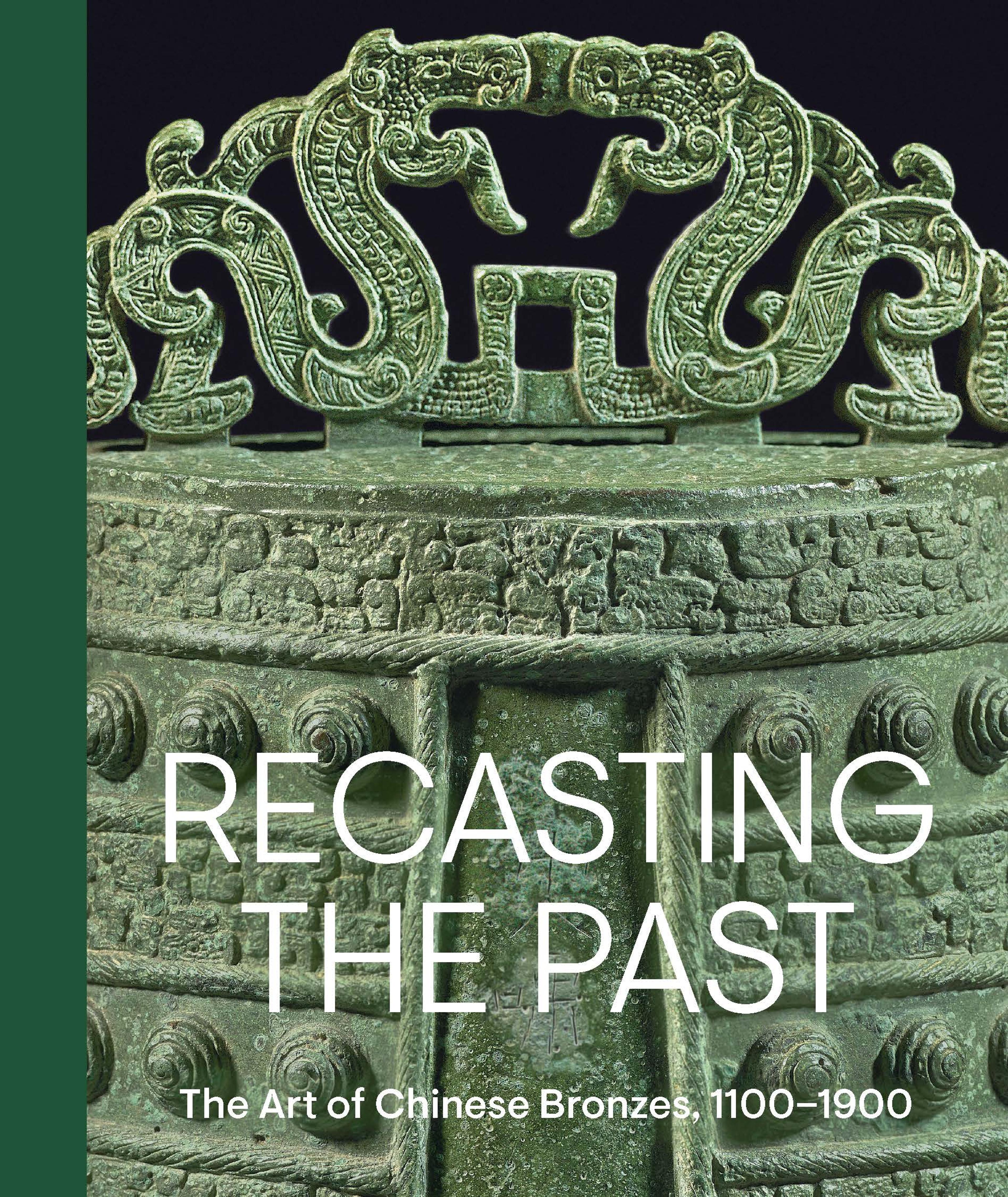Avalokiteshvara as Shadakshari Lokeshvara
Woven in a single color, this temple hanging represents Shadakshari Lokeshvara, a four-armed variant of the bodhisattva of compassion (Avalokiteshvara). Parallel to the gilt bronze images made in the imperial workshop of the Ming dynasty, the bodhisattva sits on a tiered throne and is adorned with exquisite jewelry and an elaborate mandorla. The bodhisattva personifies the six-character Sanskrit invocation om mani padme hum (hail to the jewel in the lotus), which is woven at the top of the hanging beneath the seed syllable hrih.
Artwork Details
- 明永樂 暗花綾織觀音
- Title:Avalokiteshvara as Shadakshari Lokeshvara
- Period:Ming dynasty (1368–1644)
- Date:early 15th century
- Culture:China
- Medium:Silk twill damask
- Dimensions:Overall: 101 x 51 1/2 in. (256.5 x 130.8 cm)
- Classification:Textiles-Woven
- Credit Line:Purchase, Sir Joseph Hotung Gift, 2002
- Object Number:2002.271
- Curatorial Department: Asian Art
More Artwork
Research Resources
The Met provides unparalleled resources for research and welcomes an international community of students and scholars. The Met's Open Access API is where creators and researchers can connect to the The Met collection. Open Access data and public domain images are available for unrestricted commercial and noncommercial use without permission or fee.
To request images under copyright and other restrictions, please use this Image Request form.
Feedback
We continue to research and examine historical and cultural context for objects in The Met collection. If you have comments or questions about this object record, please contact us using the form below. The Museum looks forward to receiving your comments.
